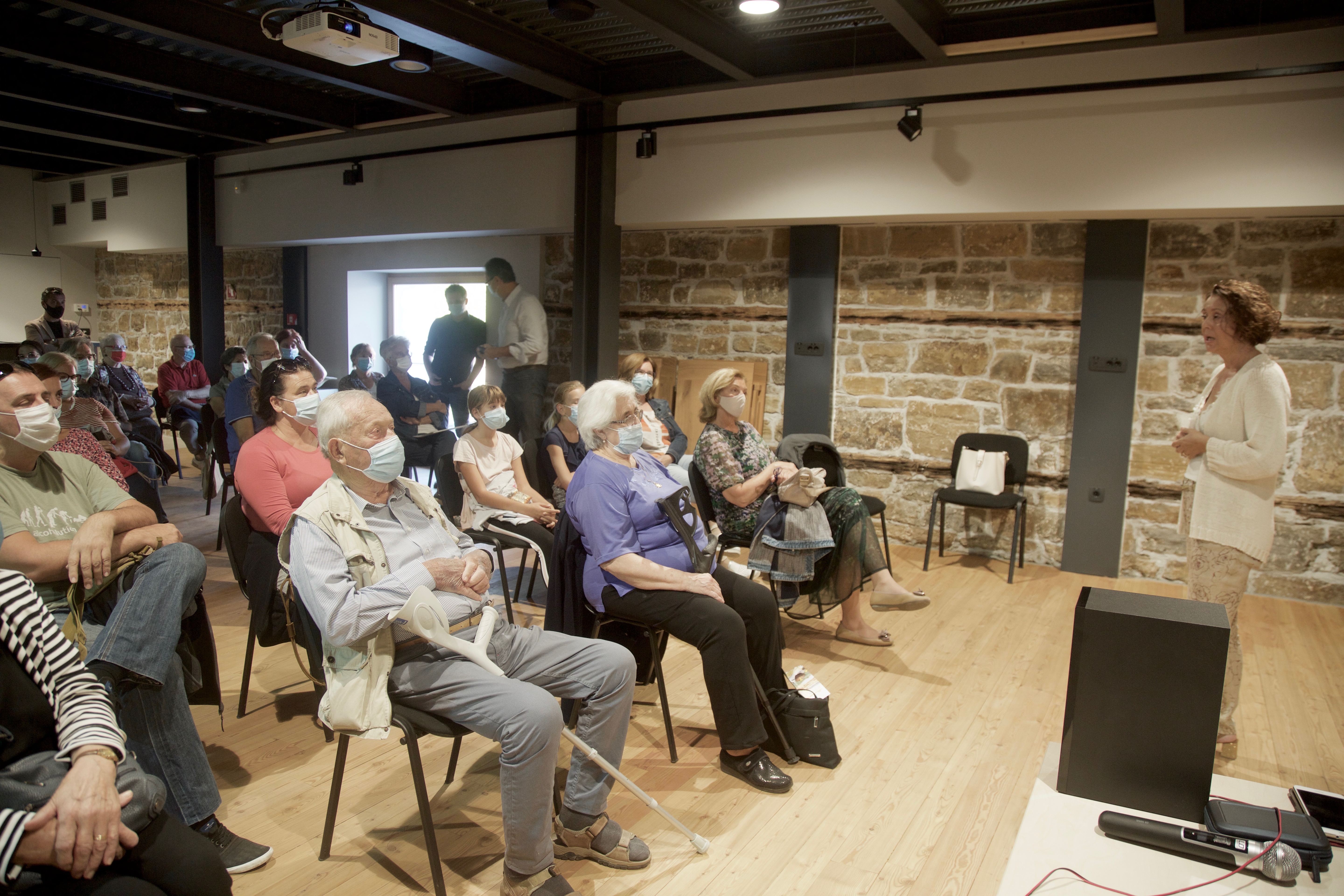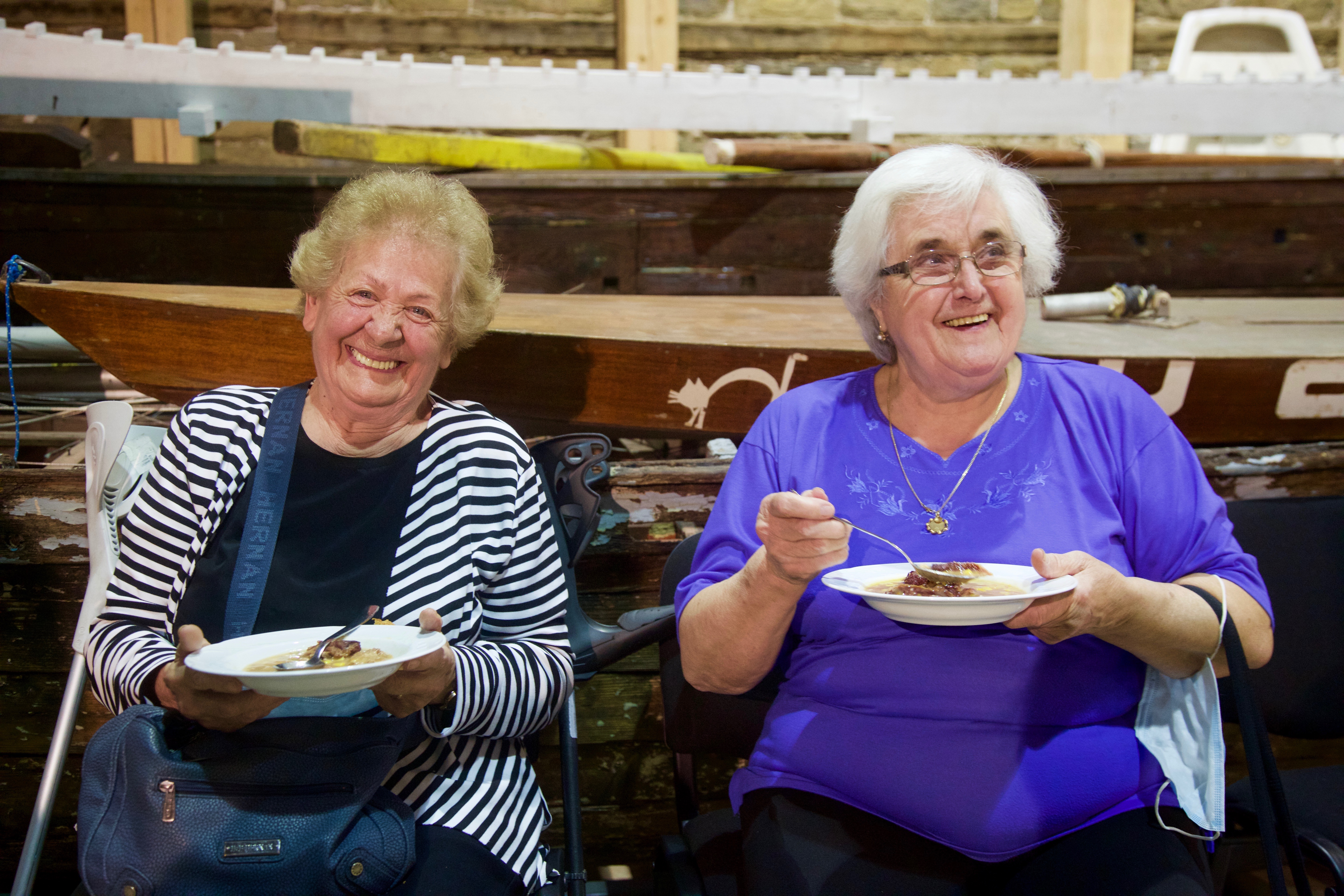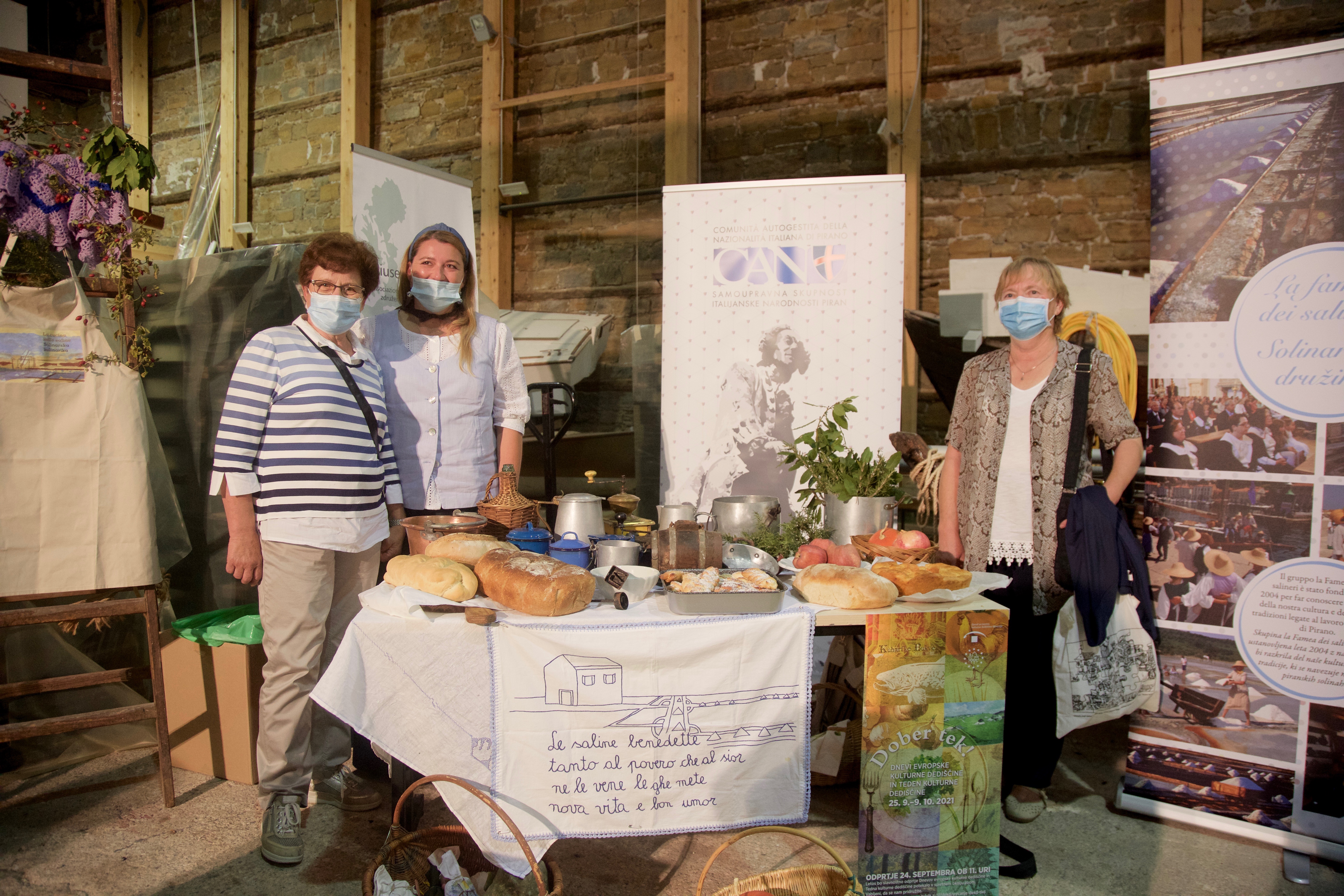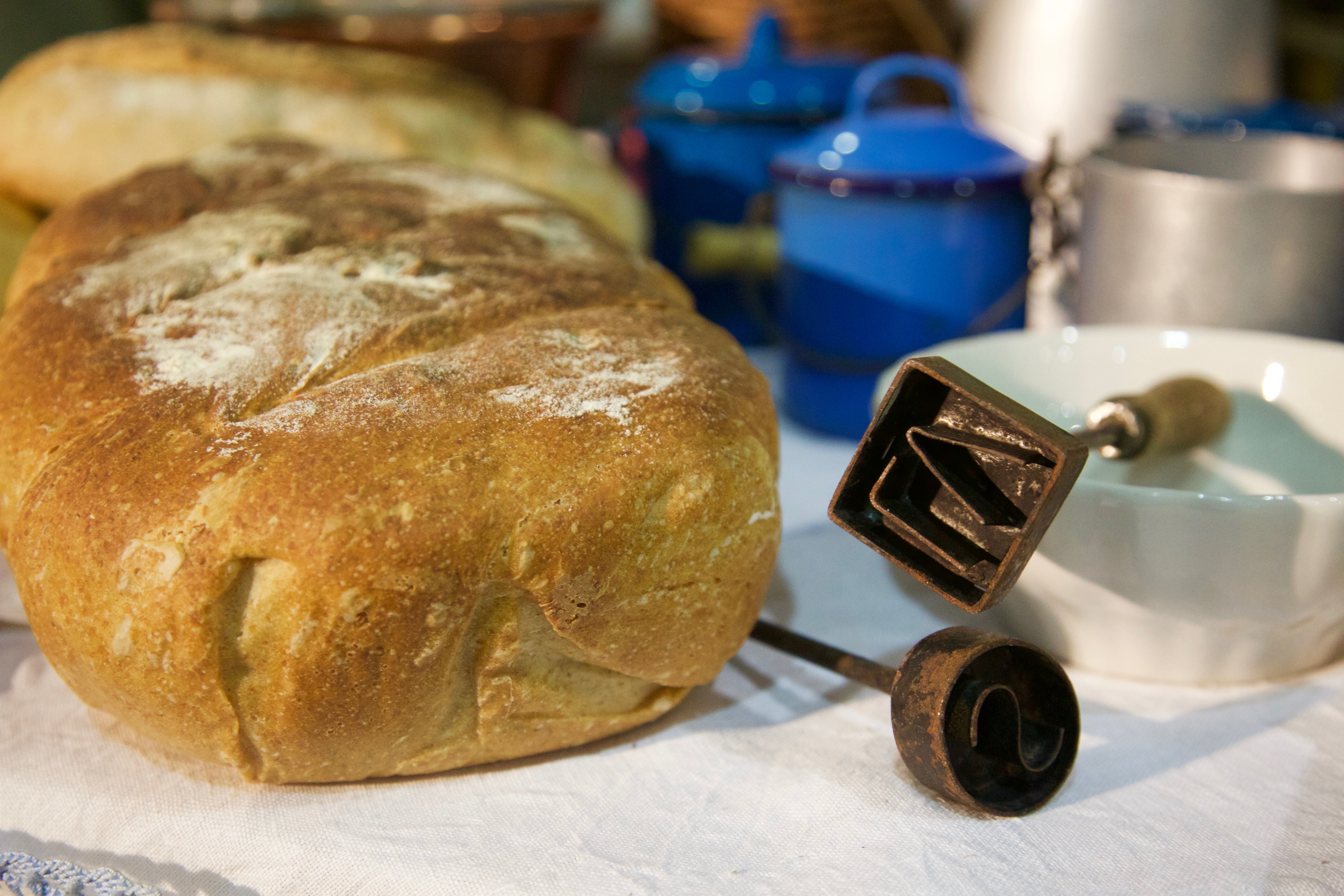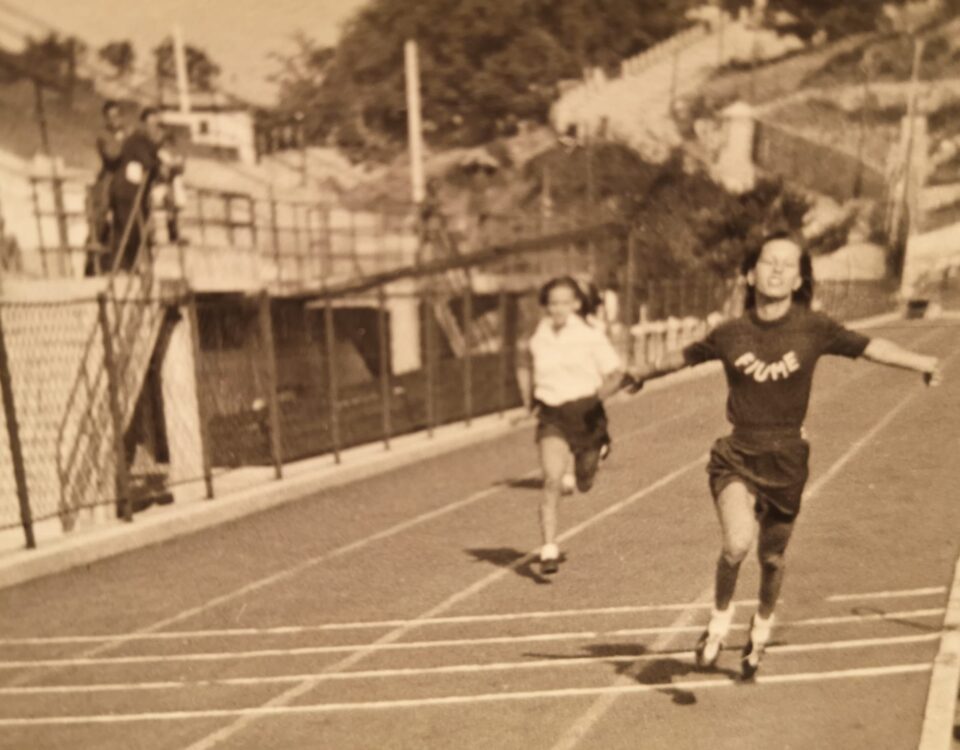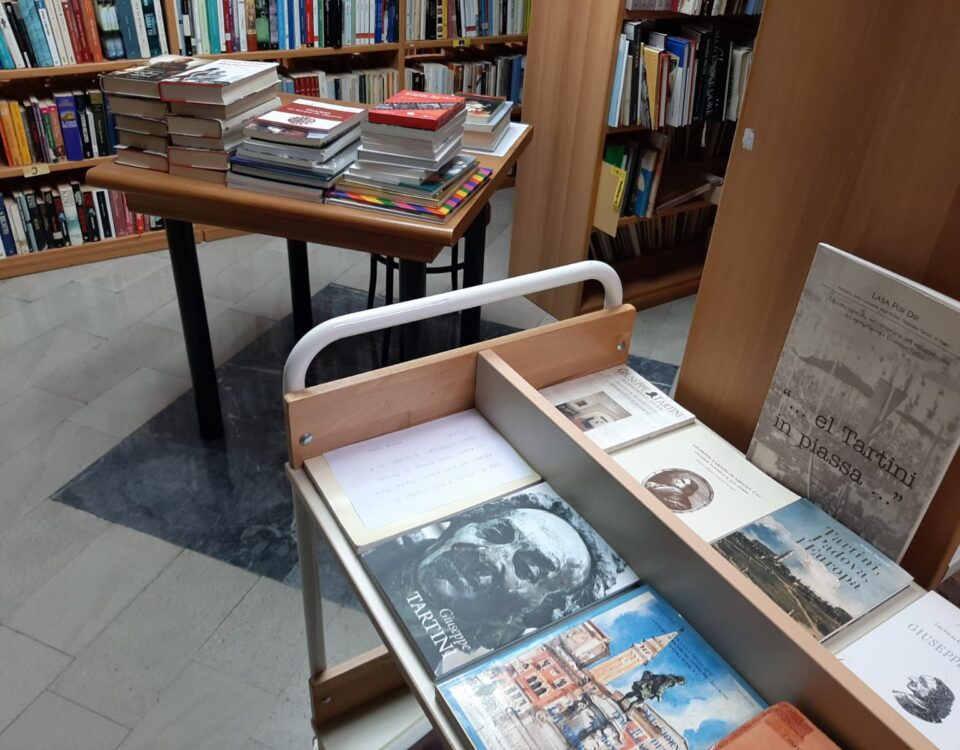Na male zaslone prihajajo oddaje o bogati dediščini solin
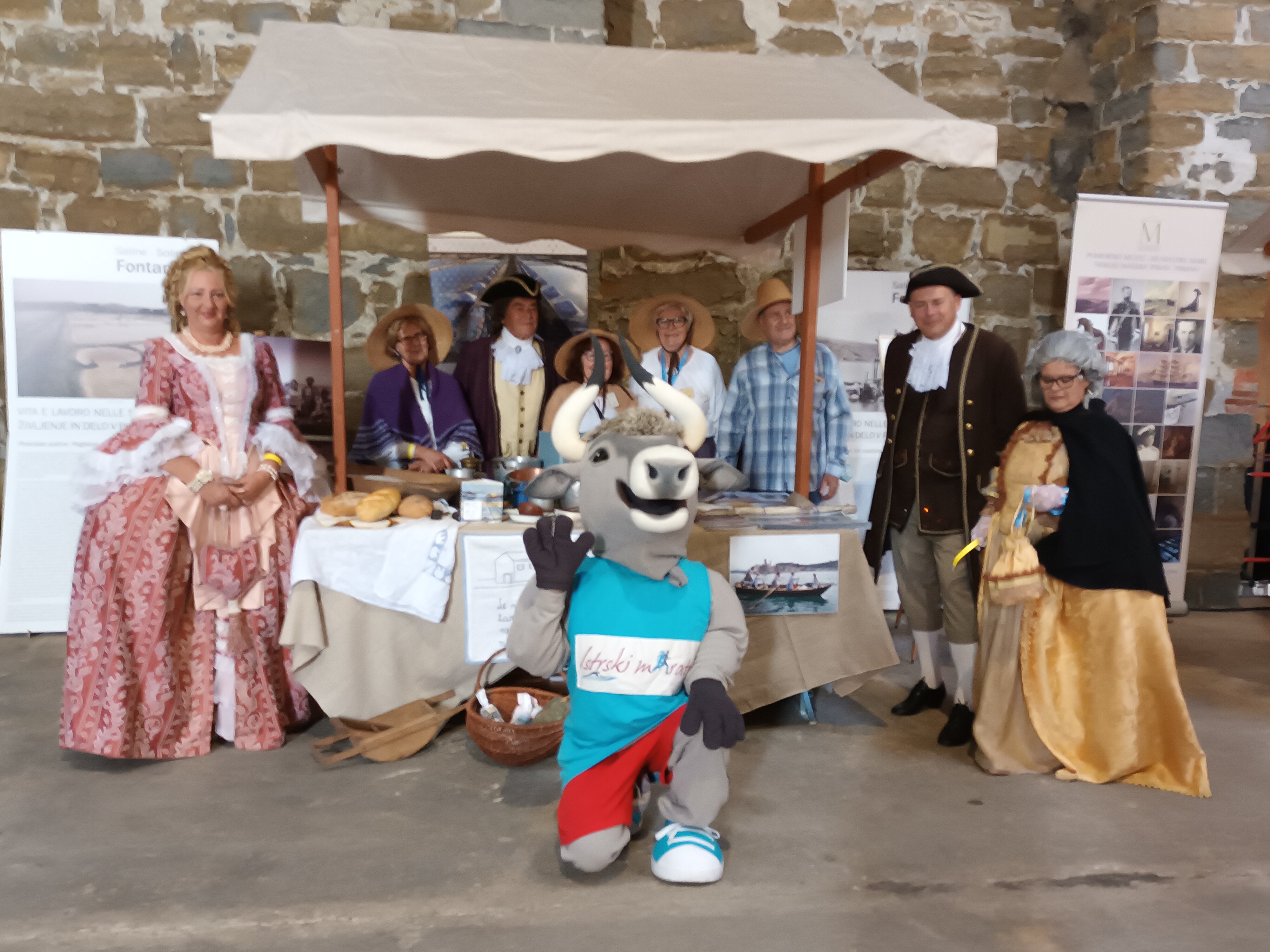
Občinski praznik
10/17/2021
V Benetkah je leta 1423 nastala prva javna bolnišnica
10/27/2021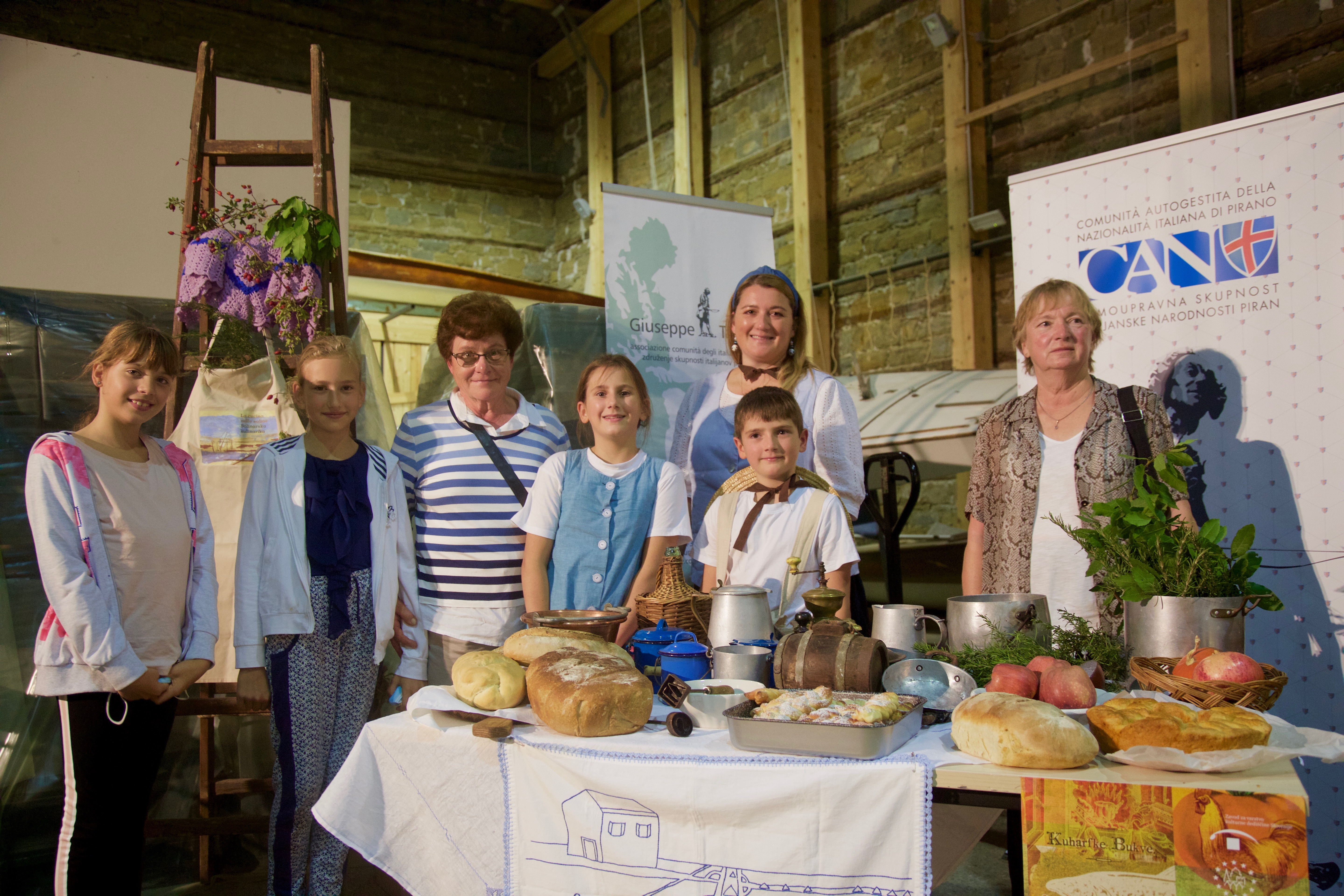
Kuharske oddaje niso nekaj novega, saj že od nekdaj kraljujejo na sporedih vseh televizijskih programov. Dobrote, ki nastajajo izpod marljivih rok kuharic in kuharjev, vedno pritegnejo gledalce pred televizijske zaslone. Na slovenski nacionalni televiziji se je v nedeljo, 24. oktobra 2021, odvrtela prva izmed desetih prav posebnih kuharskih oddaj, ki ne predstavljajo le jedi in njihove priprave, temveč se dotaknejo tudi naravne in kulturne dediščine območja, s katerega izvirajo.
Ne samo izvirajo, tam, v solinah so jih tudi pripravljali. Vsaj vsako poletje, ko so pridne gospodinje z ljubeznijo pripravljene jedi postregle sestradanim solinarjem, ki so vsako jutro prehitevali še speče sonce, da bi čim prej začeli s pobiranjem soli. Stoletja solinarstva, družinskih zgodb in kulinaričnega izročila se bodo odvrtela v oddajah, ki so nastale v sodelovanju med Regionalnim programom Tv Koper – Capodistria, Samoupravno skupnostjo italijanske narodnosti Piran, Skupnostjo Italijanov Giuseppe Tartini Piran, Zavodom za varstvo kulturne dediščine in Pomorskim muzejem Sergej Mašera Piran.
Ravno slednji je 2. oktobra 2021 v svojih prostorih nekdanjega skladišča soli Monfort v Portorožu gostil premierno predstavitev prvih treh oddaj, ki so si jih tako lahko na velikem platnu ogledali tako tisti, ki so v njih sodelovali, kot vsi ostali obiskovalci. O snemanju, ki je potekalo ves mesec junij, je spregovorila odgovorna urednica slovenskega programa TV Koper – Capodistria Mojca Bužan, ki ni mogla skrivati, da je tudi sama zelo vznemirjena.
»Snemanje je bilo naporno, tako za nas kot za vas. Vsi ste se odlično odrezali, tisti, ki ste nam kuhali, in tisti, ki ste poskrbeli za strokovno plat oddaj,« je dejala.
V uvodnem nagovoru se je dotaknila tudi pomena tega krhkega prostora, njegove edinstvenosti in dragocenosti, ki se je vse premalo zavedamo, zato so tovrstne oddaje priložnost, da nanje opozorimo tako tiste, ki živijo nedaleč stran od Sečoveljskih solin, pa jih morda še nikoli niso obiskali, kot tiste od drugod, ki so morda slišali zanje, a jim slišano ni vzbudilo dovolj radovednosti, da bi si o njih želeli vedeti kaj več.
Mojca Bužan je prav tako izrazila željo, da se bodo oddaje dotaknile gledalcev tako, kot so se njih, da bodo začutili vzdušje, ki ga je bila deležna snemalna ekipa, in da bodo pripravljeni sprejeti sporočilo, ki se skriva v tistih receptih in jedeh.
»Ne gre samo za to, da smo kuhali, gre za to, da bi radi vsej Sloveniji sporočili, kaj tu imamo. Kako pomemben je ta prostor, kako ga je treba varovati, ohranjati, da smo nanj lahko ponosni in na vse, ki skrbijo za to, da se to čudovito izročilo ohranja,« je pojasnila in dodala, da so pomemben del tega izročila tudi ljudje.
Kuharice in kuharji v oddajah v slovenskem in italijanskem jeziku, ki nosijo naslov Kuhinja naših non – dediščina solin, so namreč vsakdanji ljudje, domačini, ki jih povezuje velika ljubezen do svojega doma in prednikov. In morda pripravljene jedi res niso vrhunske specialitete, ki bi jih postregli v restavracijah z neštetimi zvezdicami, a njihova neprekosljiva vrednost je v tem, da so narejene iz preprostih sestavin, po receptu, ki se že dolgo prenaša iz roda v rod, ne nazadnje pa nosijo v sebi stoletja zgodb, katerih rdeča nit je belo zlato – sol.
Medtem ko gospa Anita pripravlja domači solinarski kruh, gospa Bianca Ruzzier Zudich mineštro in gospod Sergio Vuk sipe na belo, vsem trem pa pomaga voditelj Branko Vrabec, se voditeljica Nina Klaut pogovarja z različnimi strokovnjaki, ki svoje delo posvečajo varovanju in ohranjanju kulturne in naravne dediščine zavarovanega območja slovenskih solin.
Snemanje serije oddaj je potekalo v Fontaniggiah, Strunjanu in na Parecagu, na sporedu pa bodo ob nedeljah na TV SLO1 ob 12.40, prva je bila 24. oktobra, zadnja pa bo 26. decembra 2021.
Po ogledu treh oddaj smo si vsi privoščili krožnik ali dva slastne mineštre, zraven pa smo lahko okušali kar nekaj primerov domačega kruha, pripravljenega z mislijo na čudovito okolje starodavnih solin.
Besedilo in foto: Nataša Fajon

